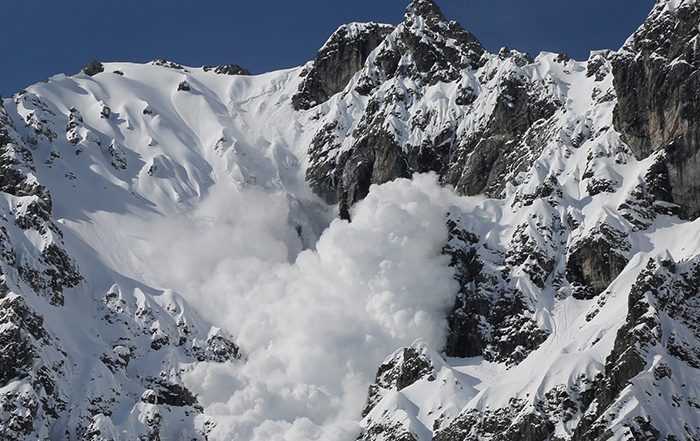
Disasters explained: avalanches
Each year, avalanches kill over 150 people worldwide. Read more about avalanches, what causes them and more.
Hurricanes can be classified in five categories according to their sustained wind speeds.
The Saffir-Simpson wind scale is used to measure the destructive power of Atlantic hurricanes.
Have a look at the five different categories and what they mean.

A 1 to 5 rating based on a hurricane’s sustained wind speed with scales estimating potential property damage.
119-153 km/h
Minimal damage
Homes could have damage to roof, shingles, vinyl siding and gutters.
Large branches of trees will snap and shallowly rooted trees may be toppled.
Extensive damage to power lines and poles likely will result in power outages.
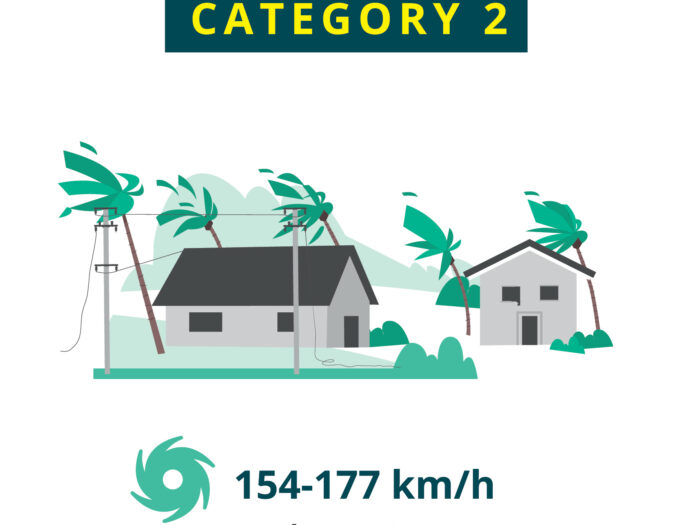
154-177 km/h
Moderate damage
Homes could sustain major roof and siding damage.
Many shallowly rooted trees will be snapped or uprooted and block numerous roads.
Near-total power loss is expected with outages that could last from several days to weeks.
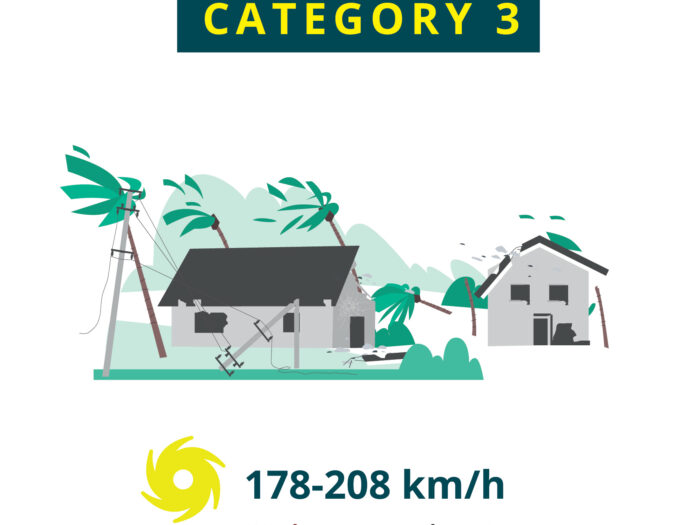
178-208 km/h
Major extensive damage
Homes may incur major damage or removal of roof decking and gable ends.
Many trees will be snapped or uprooted, blocking numerous roads.
Electricity and water will be unavailable for several days to weeks after the storm passes.
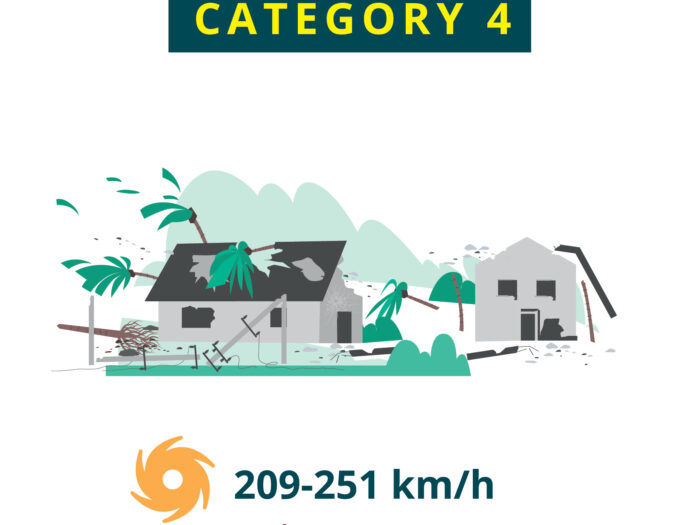
209-251 km/h
Major extreme damage
Homes sustain severe damage with loss of most of the roof structure and/or some exterior walls.
Most trees will be snapped or uprooted and power poles downed with outages lasting for weeks or months.
Most of the area will be uninhabitable for weeks or months.
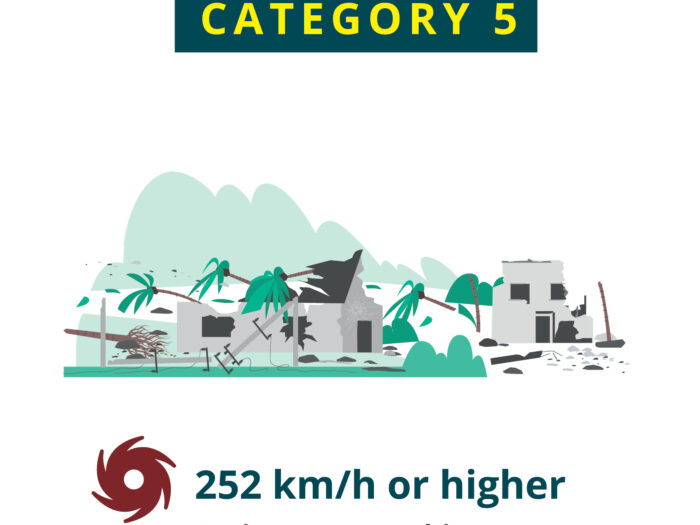
252 km/h or higher
Major catastrophic damage
A high percentage of homes will be destroyed, with total roof failure and wall collapse.
Fallen trees and power poles will isolate residential areas.
Power outages will last for weeks to possibly months.
Most of the area will be uninhabitable for weeks or months.